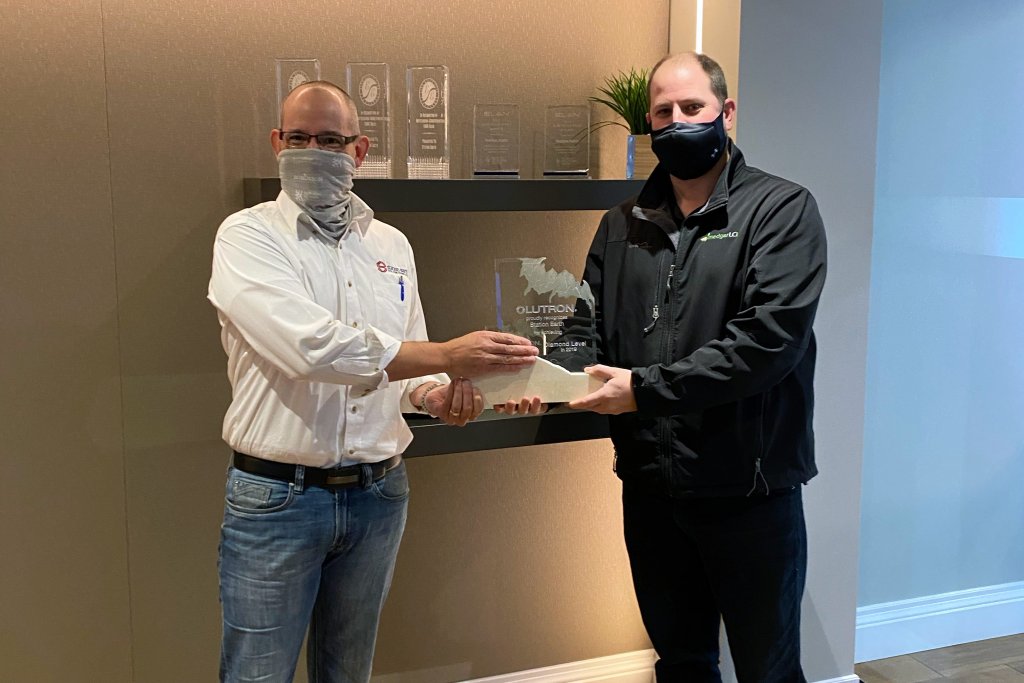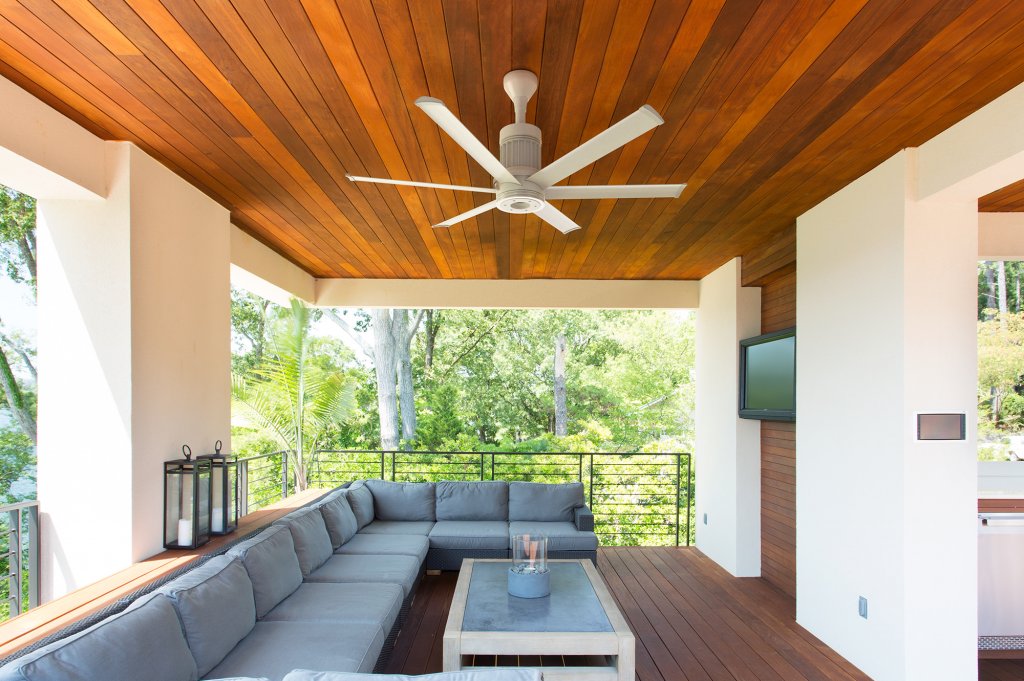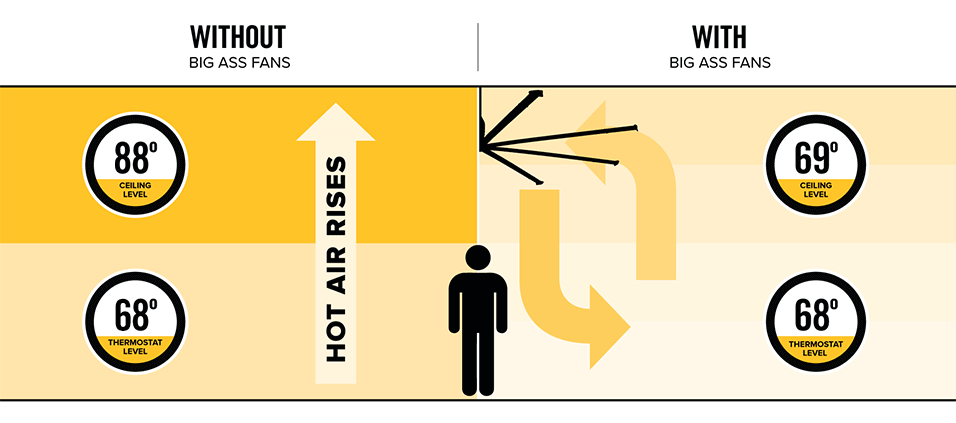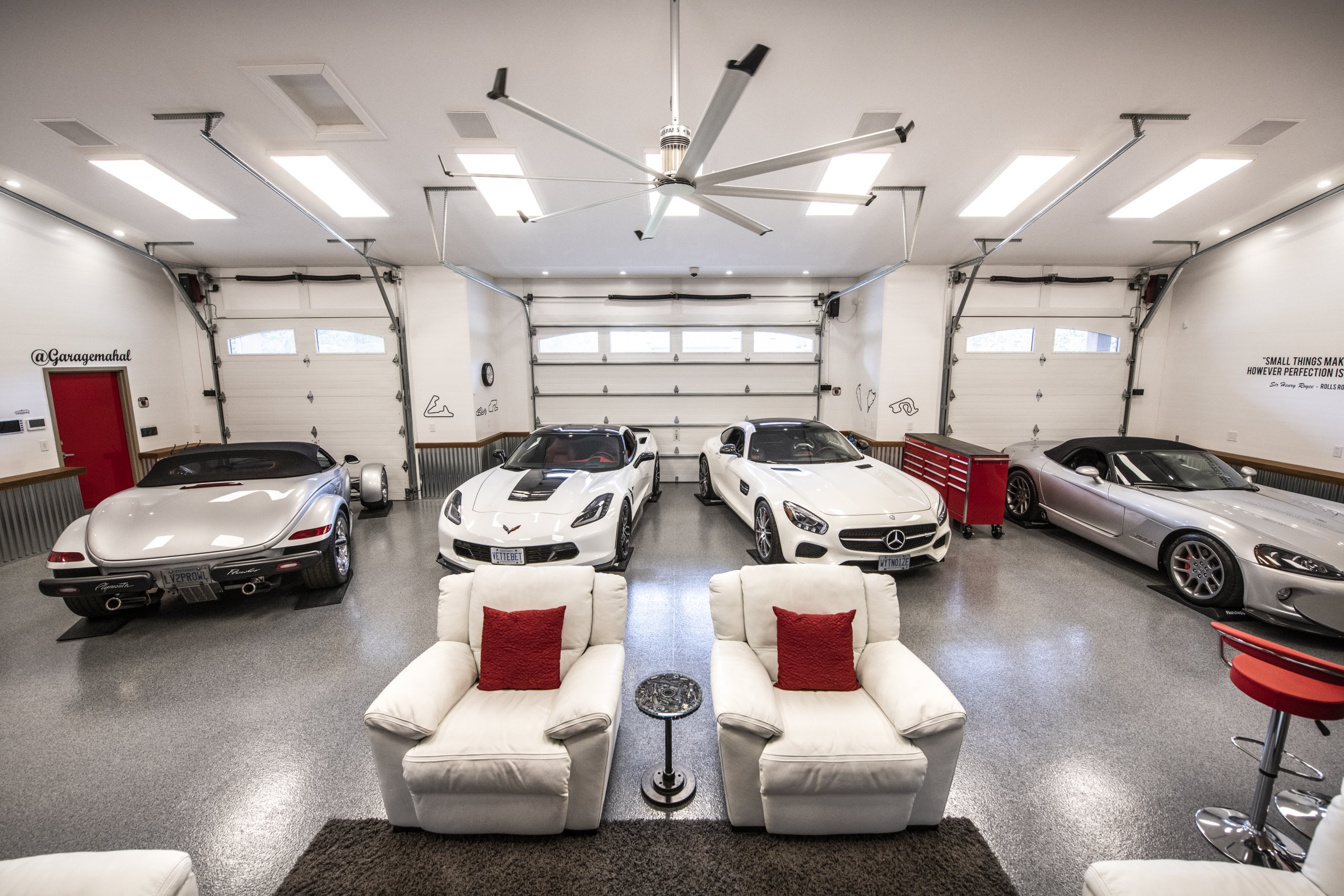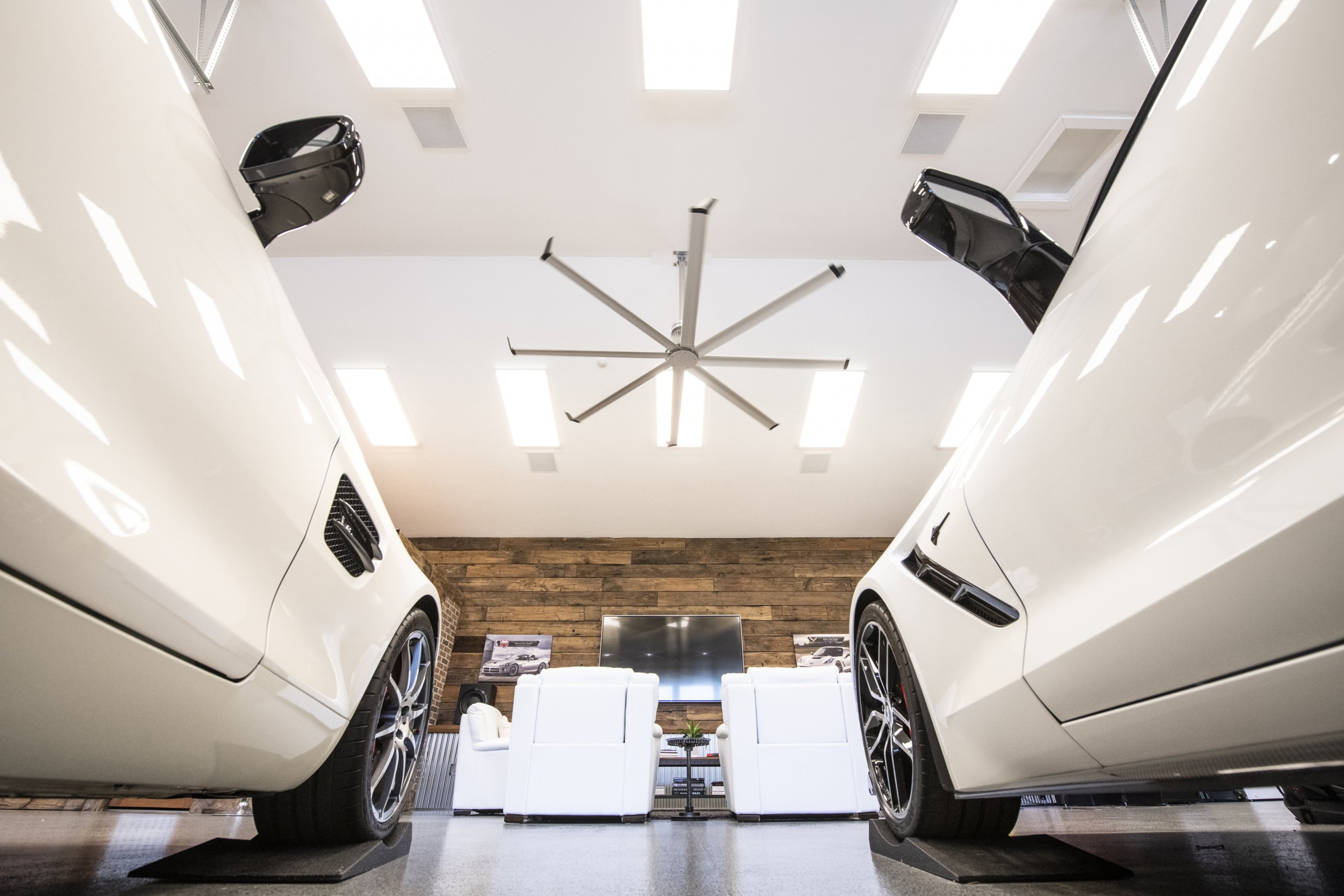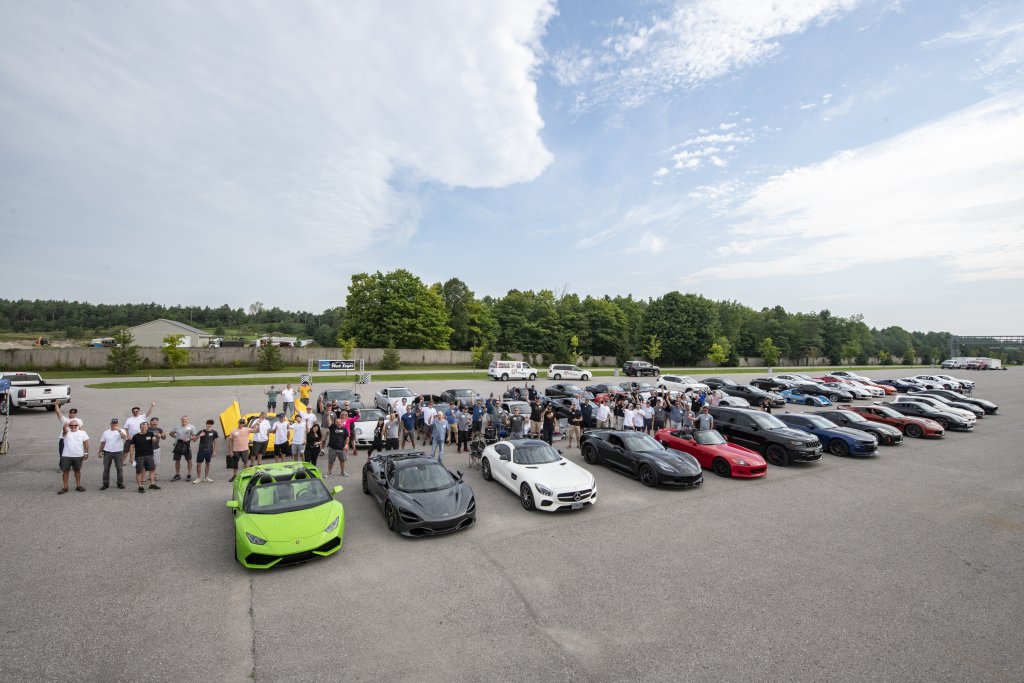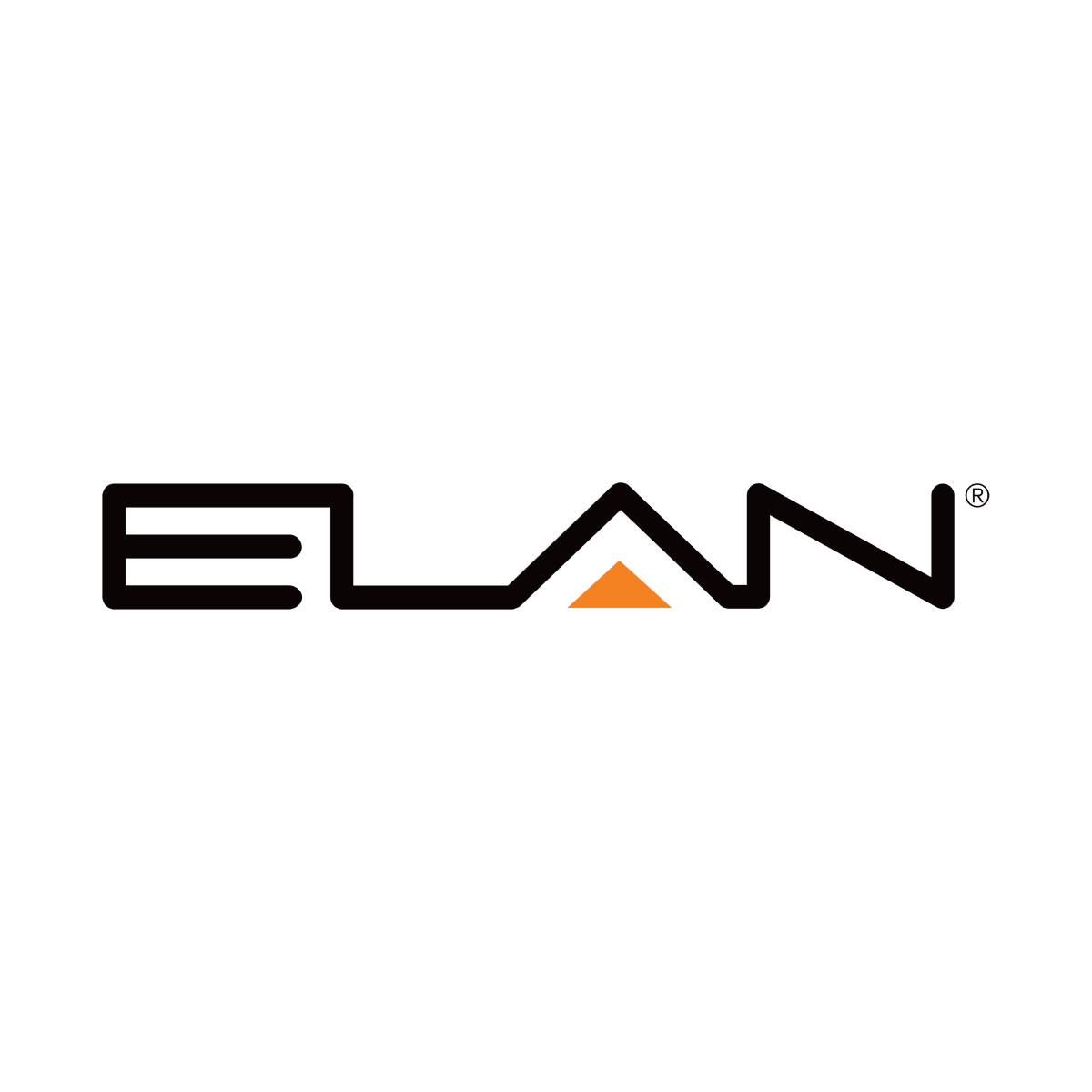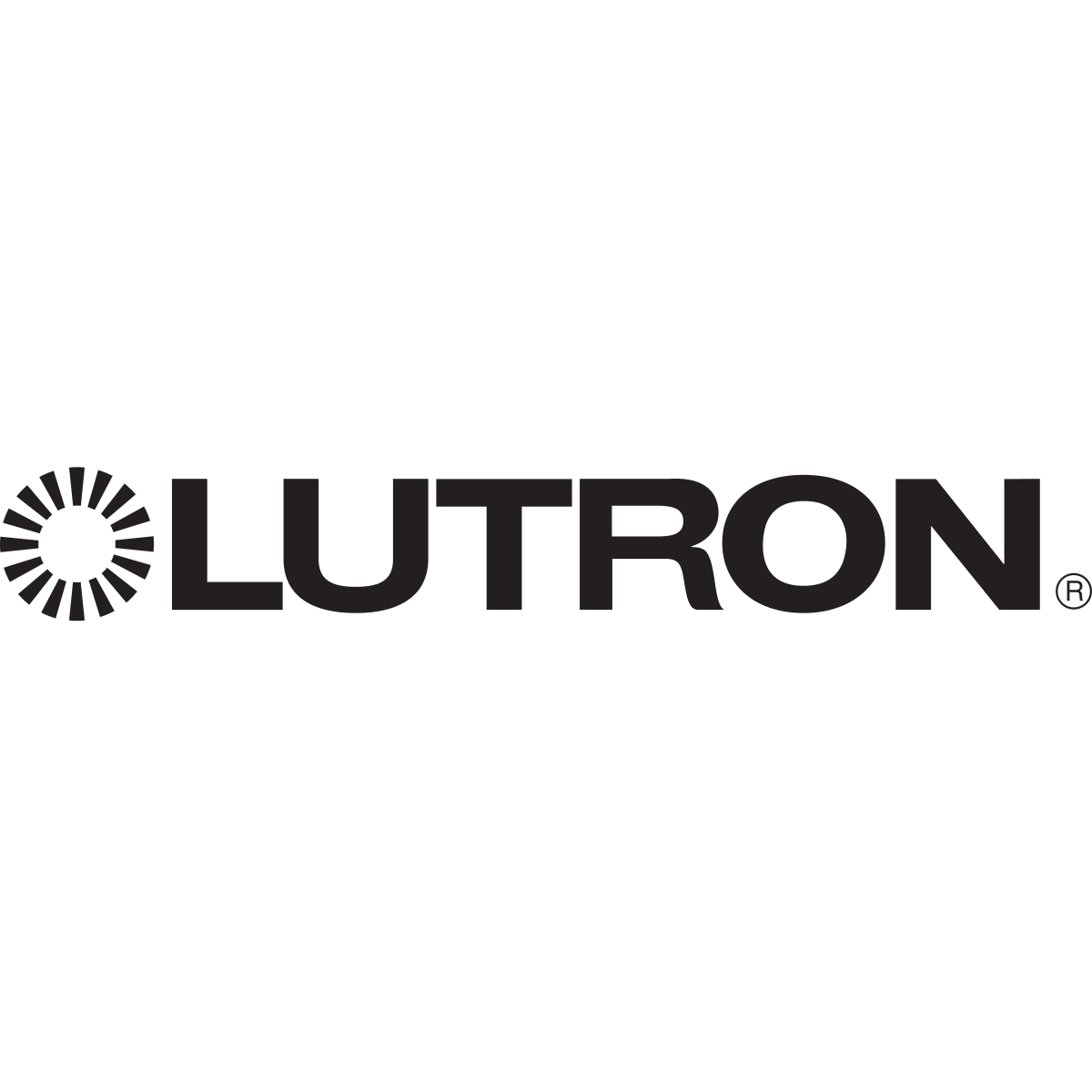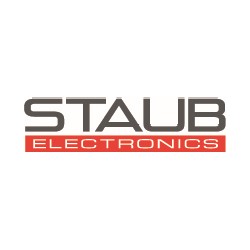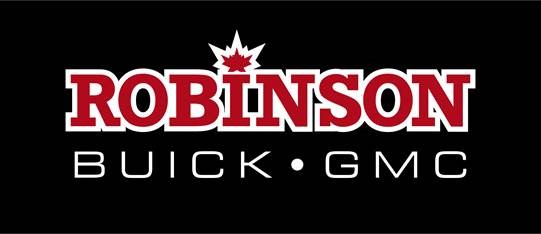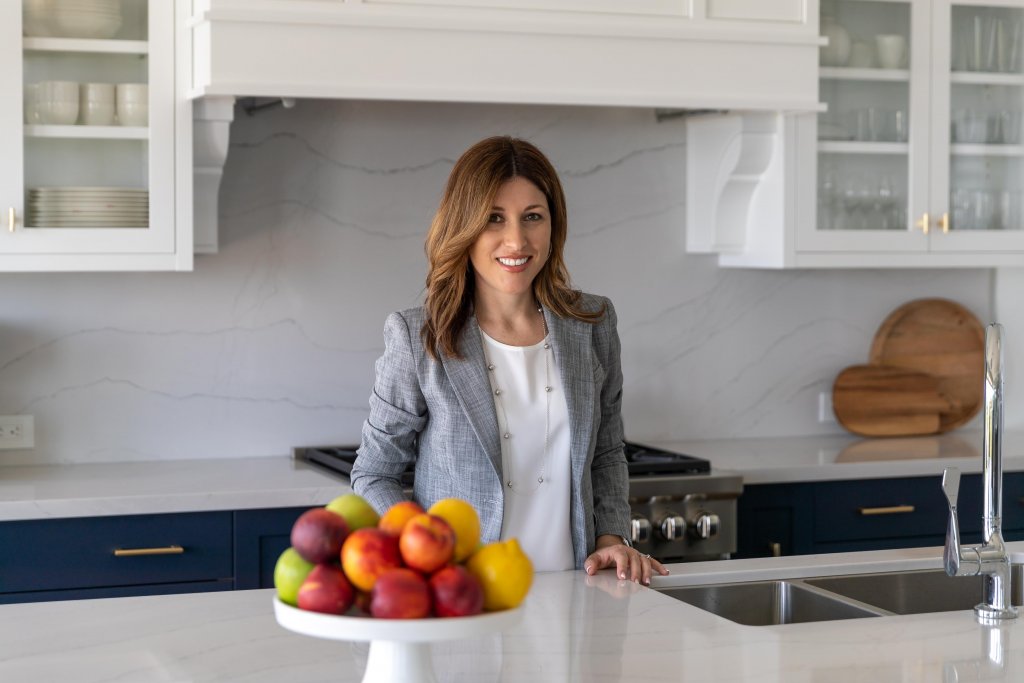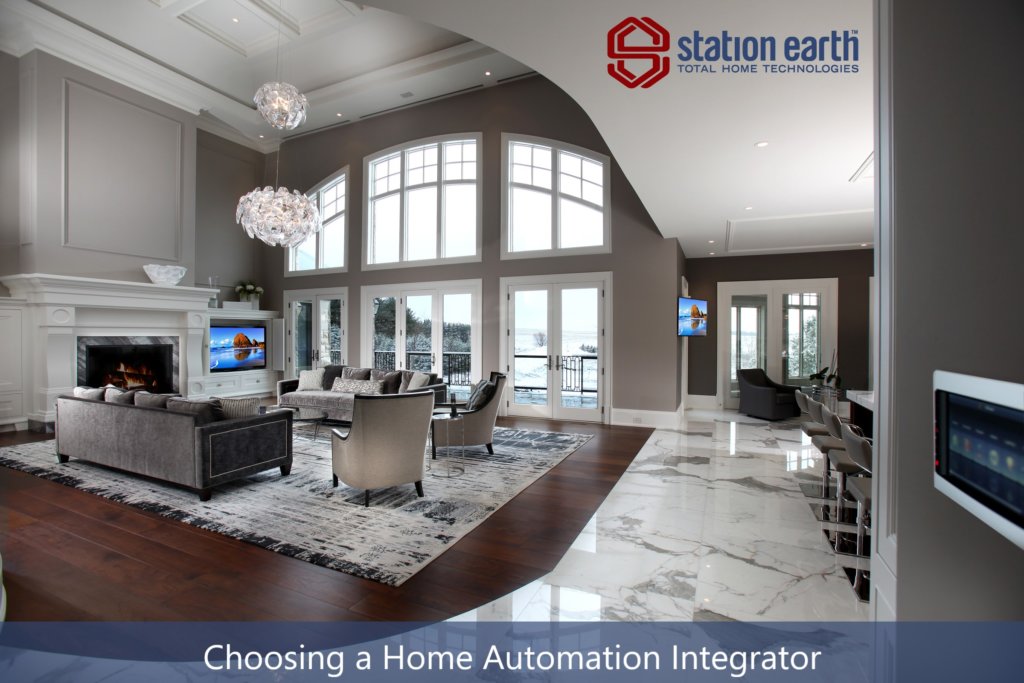Station Earth awarded Diamond Status by Lutron for the 2nd year in a row
This week our Lutron Sales Rep came by to deliver another great looking Lutron Diamond Club Award for our display wall.
We are incredibly proud of this achievement. There are only four Lutron Diamond dealers in all of Ontario…and Station Earth has been one of them for the past two years.
We are very proud to sell, install, program and service such a great product…hey, Lutron only invented the dimmer…
We consistently deliver top tier projects to our clients all over Ontario. Lutron Automated Shading, Automated Lighting Control as well as Lutron’s line of high end light fixtures and recessed lighting, are a large part of what we do.
Whether you’re building or renovating, you owe it to yourself and your project to experience the tremendous value that systems like these can offer.
Equally as important is the installation of the product. Station Earth does all their own installations and programming, no sub contracting, ever. Our Custom Installers are Lutron factory trained, certified and well experienced to handle even the largest jobs.
Check out our feature article on this award winning installation in our Project Showcase

